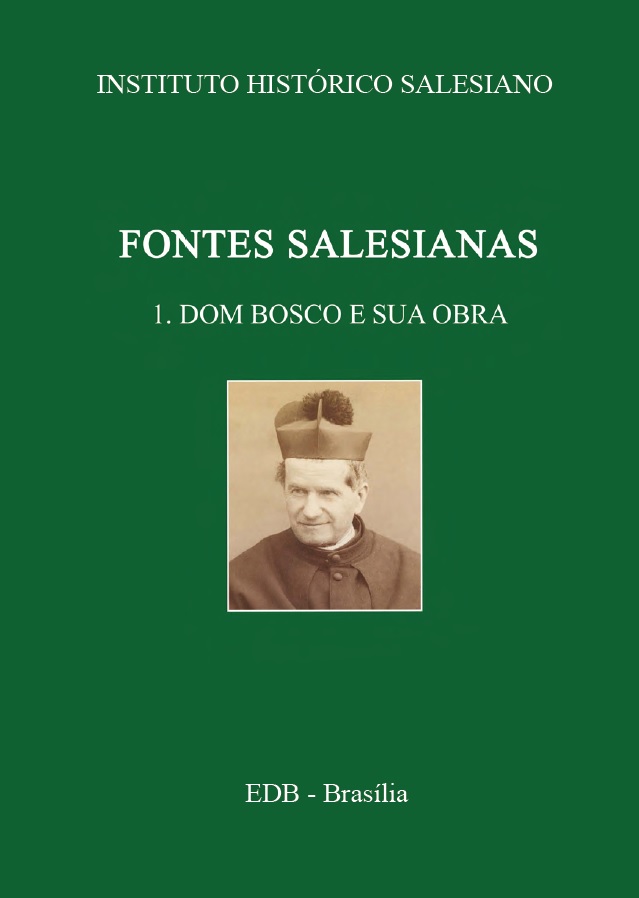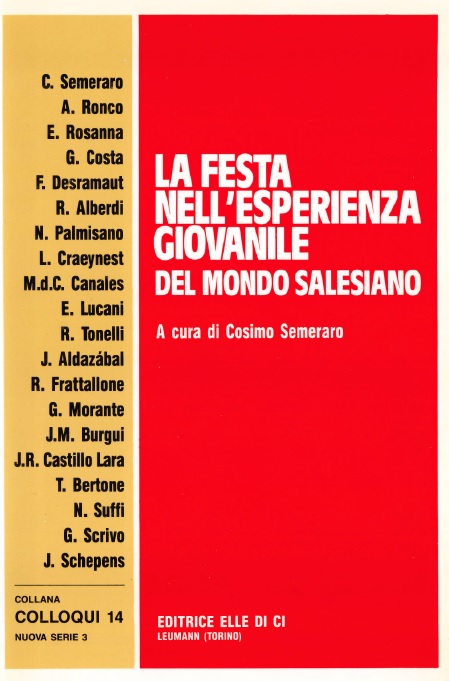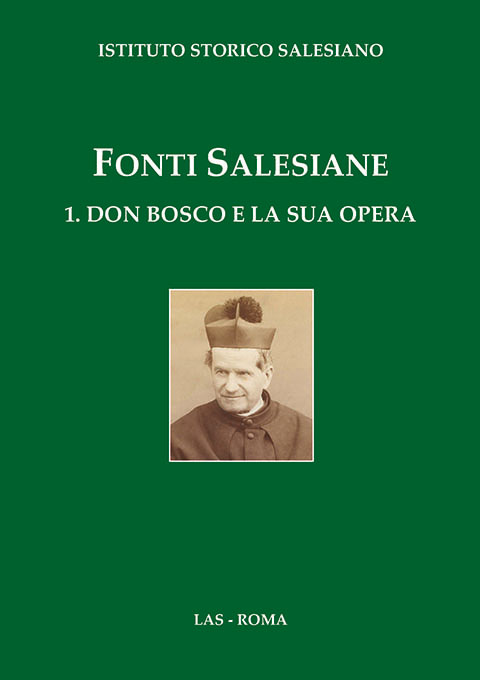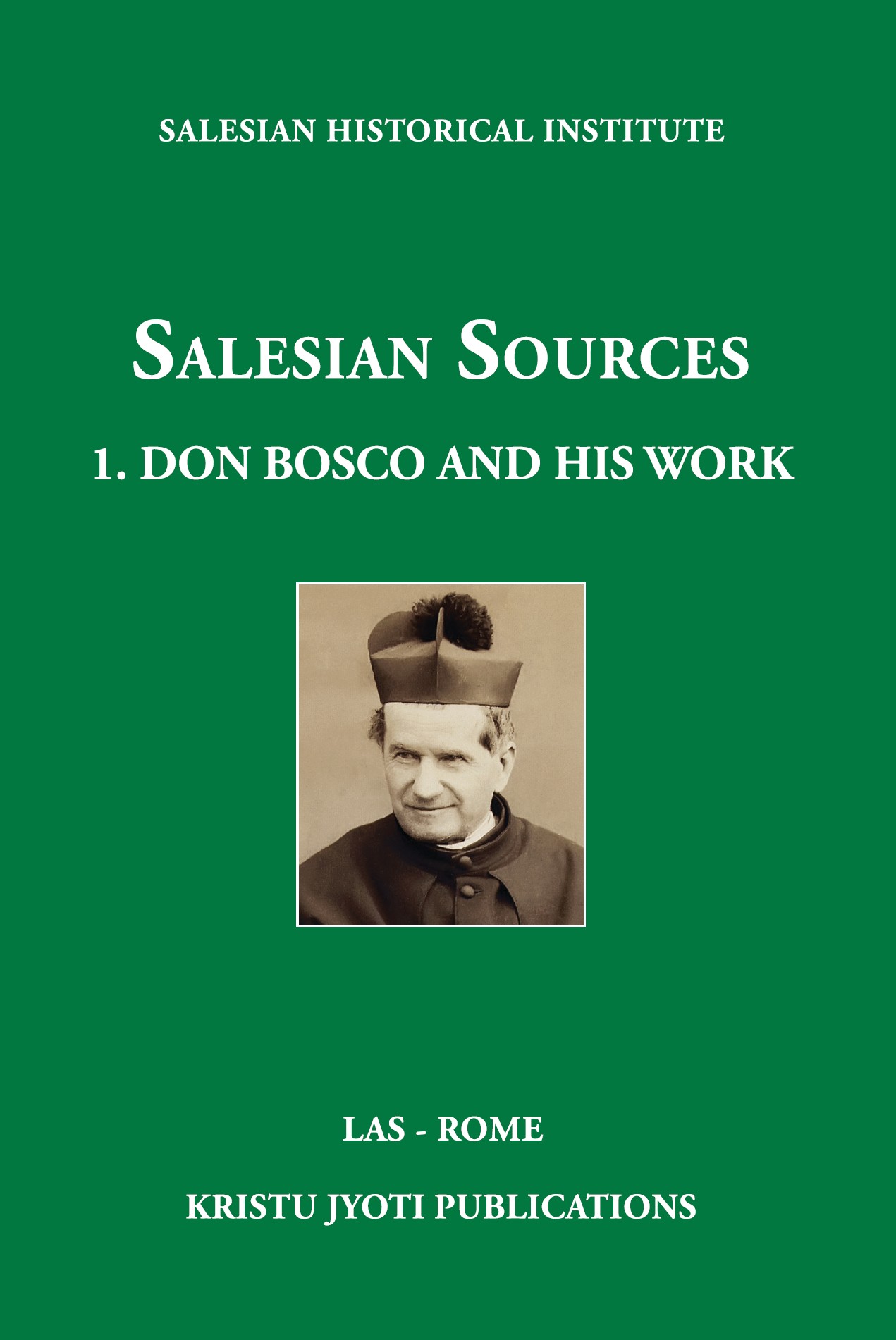No contexto do Renascimento, Dom Bosco optou por manter-se neutro em relação às diferentes correntes políticas da época. Ele não se alinhou firmemente com as inovações políticas, mas também não as enfrentou diretamente com atos hostis. Embora discordasse da política eclesiástica do reino da Sardenha durante os anos 1850-1860, ele evitou polêmicas para preservar sua ação como educador e fundador. Continue reading “Giovanni Bosco – “Terceira Seção. Dom Bosco entre a santa sé, o reino da Itália e o arcebispo de Turim” in “Fontes Salesianas 1.Dom Bosco e sua obra. Coletânea antológica””



